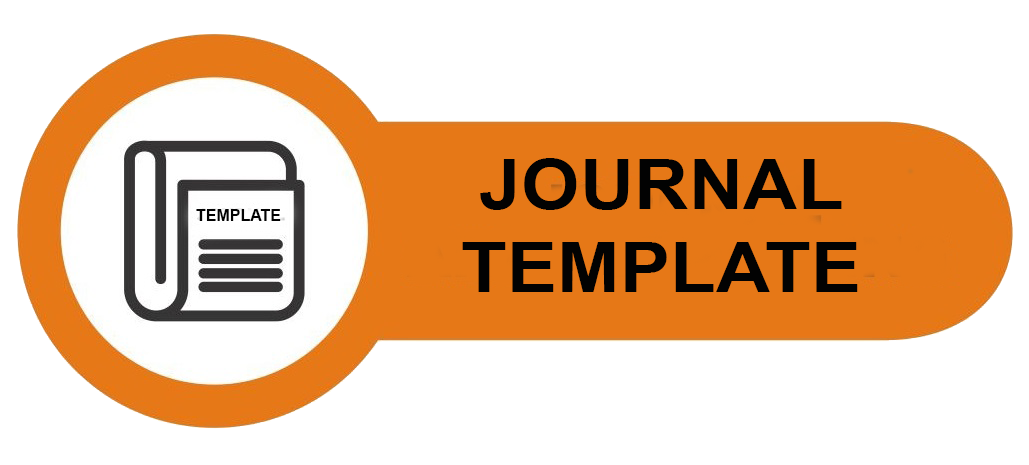KETAHANAN SOBEK KERTAS DARI PULP CAMPURAN SABUT KELAPA (Cocos nucifera) DAN PELEPAH PISANG KEPOK (Musa paradisiaca Linn)
 Abstract views: 478
,
Abstract views: 478
,
 pdf downloads: 897
pdf downloads: 897
Abstract
Pada umumnya bahan pokok pembuatan kertas adalah selulosa. Limbah sabut kelapa mengandung selulosa 23,87% dan pelepah pisang kapok mengandung selulosa 64% sehingga berpotensi sebagai bahan baku alternatif dalam pembuatan pulp. Kulit pisang kepok mengandung pati 12,8% sehingga dapat digunakan sebagai perekat (binder) untuk menambah kualitas kertas. Tujuan dari penelitian ini adalah untuk menentukan konsentrasi terbaik larutan pemasak NaOH pada campuran sabut kelapa dan pelepah pisang kepok dalam menghasilkan pulp terbaik sesuai dengan SNI 0698:2010 dan mengetahui pengaruh konsentrasi larutan pemasak NaOH terhadap ketahanan sobek kertas komposit. Campuran sabut kelapa dan pelepah pisang kepok sebanyak 120 g dengan perbandingan 40:80 dimasak selama 4 jam pada suhu 100℃ dengan memvariasikan konsentrasi larutan pemasak NaOH 2%, 4%, 6%, 8% dan 10%. Kemudian pulp yang dihasilkan dicetak menjadi kertas dengan penambahan binder kulit pisang kepok 35 g. Hasil pada penelitian ini didapatkan bahwa konsentrasi larutan pemasak NaOH terbaik pada konsentrasi 8% dengan kadar selulosa 81,80%, kadar lignin 13,34%, kadar air 6,63%, kadar abu 2,79% dan ketahanan sobek kertas 4393,54 mN.
Copyright (c) 2023 JURNAL TEKNIK KIMIA VOKASIONAL (JIMSI)

This work is licensed under a Creative Commons Attribution-NonCommercial-ShareAlike 4.0 International License.
Copyright Transfer Statement
The copyright of this article is transferred to JIMSI and when the article is accepted for publication. the authors transfer all and all rights into and to paper including but not limited to all copyrights in the Psikostudia. The author represents and warrants that the original is the original and that he/she is the author of this paper unless the material is clearly identified as the original source, with notification of the permission of the copyright owner if necessary. The author states that he has the authority and authority to make and carry out this task.
The author states that:
- This paper has not been published in the same form elsewhere.
- This will not be submitted elsewhere for publication prior to acceptance/rejection by this Journal.
A Copyright permission is obtained for material published elsewhere and who require permission for this reproduction. Furthermore, I / We hereby transfer the unlimited publication rights of the above paper to Jurnal Teknik Kimia Vokasional. Copyright transfer includes exclusive rights to reproduce and distribute articles, including reprints, translations, photographic reproductions, microforms, electronic forms (offline, online), or other similar reproductions.
The author's mark is appropriate for and accepts responsibility for releasing this material on behalf of any and all coauthor. This Agreement shall be signed by at least one author who has obtained the consent of the co-author (s) if applicable. After the submission of this agreement is signed by the author concerned, the amendment of the author or in the order of the author listed shall not be accepted.
Rights / Terms and Conditions Saved
- The author keeps all proprietary rights in every process, procedure, or article creation described in Work.
- The author may reproduce or permit others to reproduce the work or derivative works for the author's personal use or for the use of the company, provided that the source and the Informatika Mulawarman copyright notice are indicated, the copy is not used in any way implying the Jurnal Psikostudia approval of the product or service from any company, and the copy itself is not offered for sale.
- Although authors are permitted to reuse all or part of the Works in other works, this does not include granting third-party requests to reprint, republish, or other types of reuse.
Jurnal Teknik Kimia Vokasional by http://e-journal.polnes.ac.id/index.php/jimsi licensed under a Creative Commons Attribution-ShareAlike 4.0 International License.







